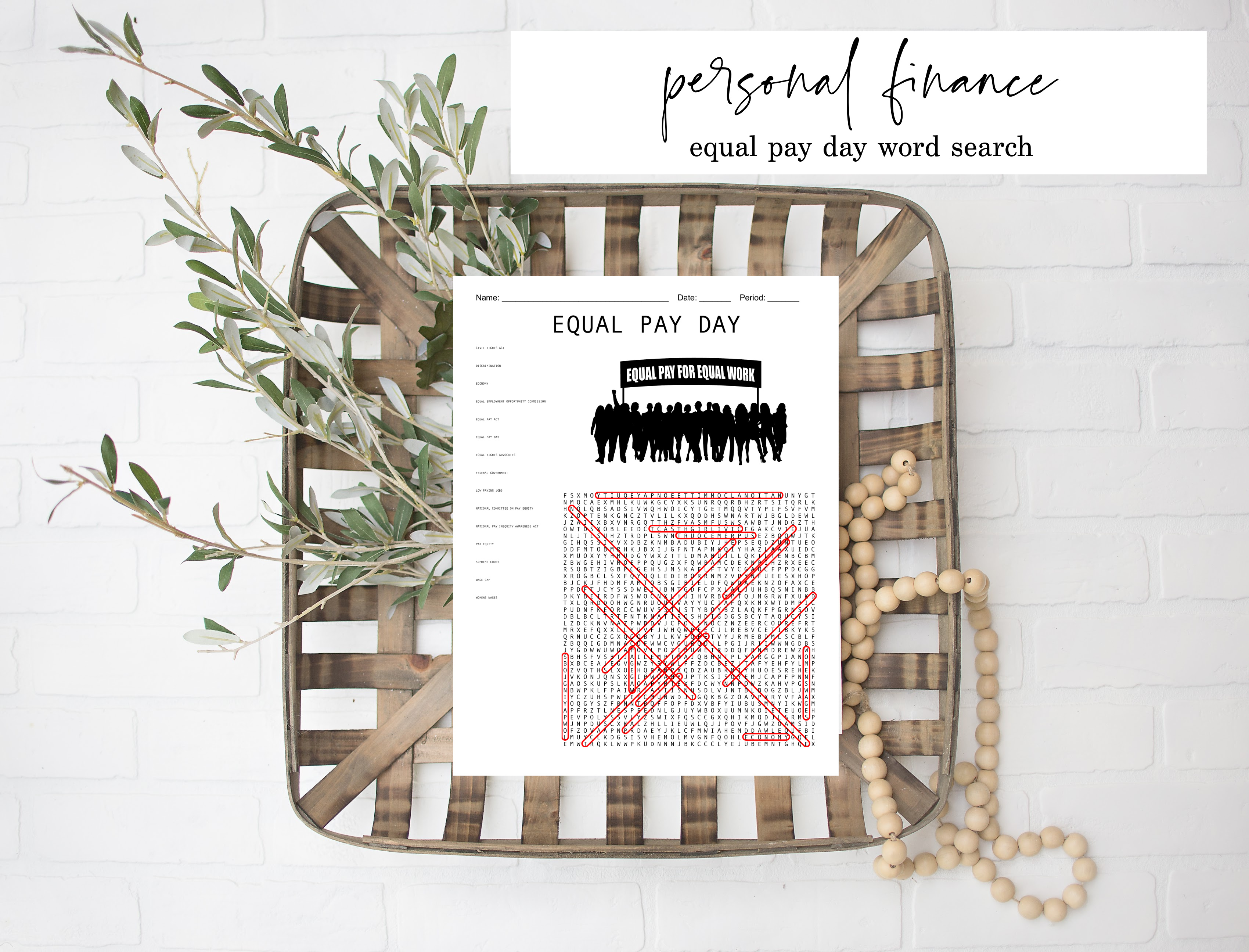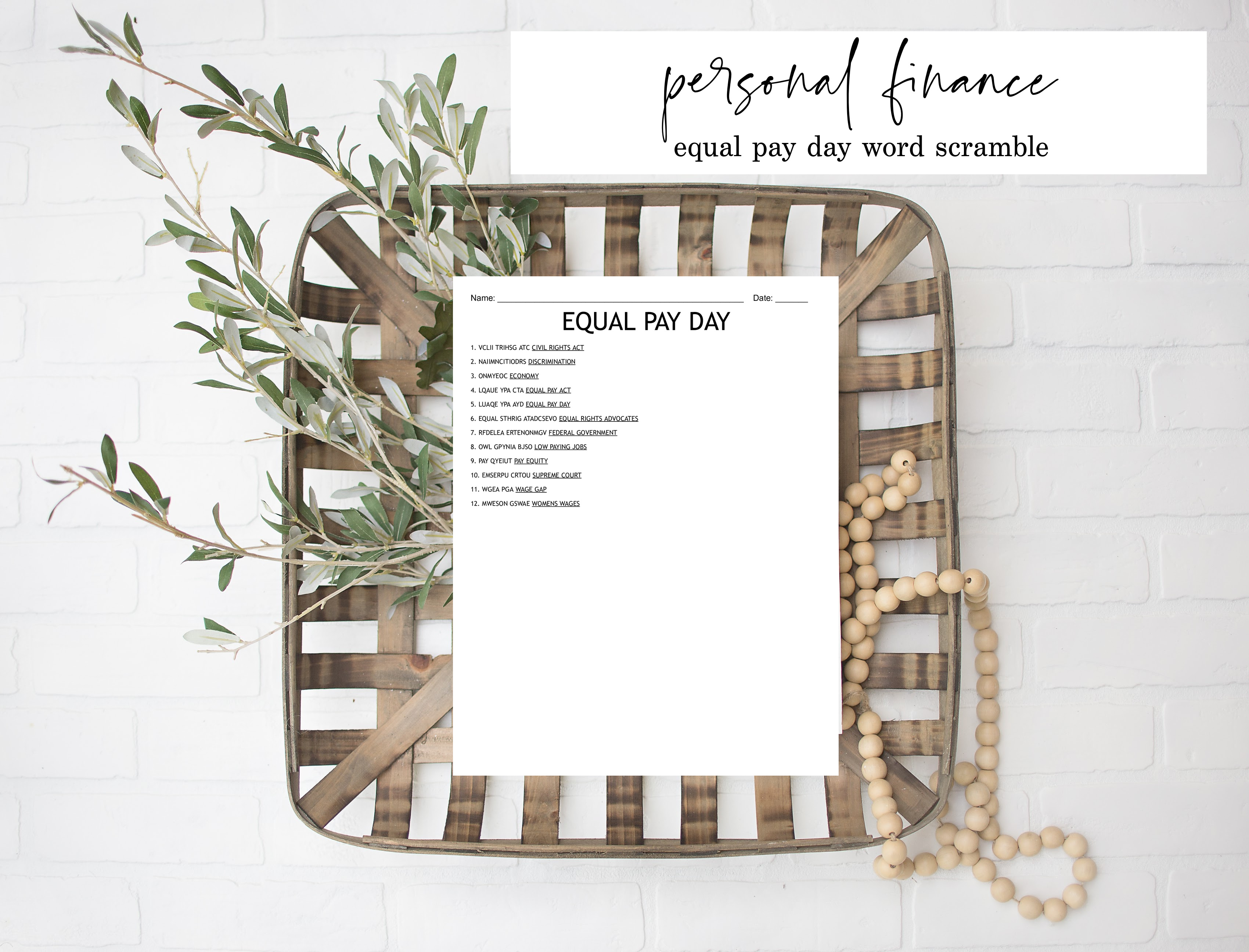Photo by Roselyn Tirado on Unsplash
Time and money are needed for efficient planning while restoring a property. There are numerous cost-cutting measures that can be taken to ensure that the renovation project does not drain all available funds. You can save money and still get the house of your dreams if you just take the time to plan things ahead of time. If you want to save money while making repairs and upgrades to your house, consider these five options.
Create Your Spending Plan On What You Need And Want
When planning a home or room renovation, it's best to have a clear plan in place. Before beginning a remodeling, it is essential to calculate how much you can afford to spend. Costs for materials, labor, permits, and so on should all be factored in. You could use money from an emergency fund or a loan against your home's equity or look at DFW Specialty Lending. For instance, if you know you'll eventually want to replace your hot water tank, you should factor that cost into your plans from the get-go.
Look For A Range Of Estimates
If you are in need of a contractor, it is wise to get bids from multiple businesses. Following these steps will guarantee that you pay a reasonable price and receive excellent value. Verify that all of the bids are for the same total hours of work. It's in your best interest to not only go with the lowest price. Although it is certainly a factor, cost should not be ignored entirely. Think about the contractor's past work and how reputable they are before hiring them. Also, don't be afraid to haggle if you want to get a better deal. If one contractor's estimate is significantly more than the others, you should ask the other contractors if they will drop their bids to compete. This way, you can make the repairs that you need without going into debt.
Try Your Hand at Some Work Yourself
You can save a lot of money by doing some of the work yourself. All you have to do is make sure you have everything you need before you start. For instance, if you want to improve your home's interior design but don't know how to install wall planks, you should study. On the internet, you can find a wealth of resources that could prove useful to you. If you're handy and have the time, there are countless home improvements you can make. DIY projects, like hanging posters or fixing a dripping faucet, can help you save money. At the point where you're ready to get started, double-check that you have everything you need. Taking your time and being precise in your work will also help you avoid making mistakes. Although, it would be wise to remember that not every situation calls for a do-it-yourself solution.
Always Stick To Your Financial Plan
When renovating your home, it's easy to go overboard on costs. Yet, one of the most important ways to cut costs is to look around for products and secure reasonable discounts on anything from appliances to timber. Just because a certain material is sold at your local hardware store doesn't mean it's the ideal option for your project. You can search for materials that fit your budget in a number of different ways. Do some reading up on the topic, or talk to people you know who have recently renovated their homes for some inspiration. Investigate where the supplies came from and how much they cost. Local material suppliers can also be located via the internet. This is a really useful method for comparing prices at several stores.
Sometimes you’re better off spending more upfront so that you spend less in the future. For example, if you’ve already had to repair your roof recently and are now having to repair more damage, consider whether this could potentially be an ongoing problem. Paying a roofing company to replace your roof could be a much better investment - you’ll pay more now but won’t have to deal with any more repairs in the near future.
To get what you want, you should anticipate having to make some sacrifices. When you're willing to make some concessions, you can stay within your budget without sacrificing a beautiful home.
*contributed post*
If you're a parent, you know that having kids in the house can completely change the way your home operates. Suddenly, everything needs to be child-proofed and accessible to little ones. While this can seem like a daunting task, it's definitely possible to create a kid-friendly home that is both safe and comfortable for your family. This blog post will share ten tips for making your home more kid-friendly.
1) Invest in Furniture That is Kid-Friendly:
There are tons of options available when it comes to furniture, so make sure you look for pieces that are designed with kids in mind. Look for items like stain-resistant fabrics, rounded edges, and durable materials.
2) Get Creative with Storage Solutions:
Kids come with a lot of stuff, so it's important to find ways to store things neatly and safely away. Consider investing in storage solutions like cabinets or cubbies if you have the space available.
3) Invest in a Playground:
If you have the space and budget available, consider investing in a playground for your kids. This will give them a safe place to play and expend energy. Be sure to check your local regulations first to make sure the structure meets all safety standards. Invest in adult playground equipment to have fun with your kids and stay fit.
4) Add Some Color:
Kids love colors, so consider adding some to your home. Paint an accent wall or use fun patterned bedding and curtains to liven up the room.
5) Make Sure Everything is Reachable:
Kids are naturally curious, so make sure you keep items like books, toys, and art supplies within reach of their little hands. This will help prevent them from getting into things they shouldn't be accessing.
6) Create a Safe Home Environment:
Make sure that your home is a safe place for your kids. Place safety plugs in all unused electrical outlets, install smoke and carbon monoxide detectors and keep toxic cleaning chemicals out of reach.
7) Choose Flooring Carefully:
When choosing to floor for rooms where children will be playing, opt for materials like rubber or cork that are soft and cushioned, which can help to prevent injuries from falls.
8) Get Rid of Clutter:
Clutter can create a hazardous environment for children who are just learning to walk or run around. Make it a priority to regularly clean up any clutter in the house so that your kids don't trip or knock anything over during playtime.
9) Put Up Safety Gates:
If you have stairs or other areas of your home that are off-limits to kids, consider putting up safety gates. This will give you peace of mind knowing that your little ones can't access these areas without supervision.
10) Consider Automation:
For added convenience, consider investing in automated solutions like automatic lights and locks for increased safety and security. Doing so will streamline day-to-day life and make it easier for you as a parent!
Creating a kid-friendly home doesn't have to be complicated or overwhelming. With proper planning and preparation, you can make sure that your house is both safe and enjoyable for your kids so they can grow up happy and healthy in their own homes. We hope that the above tips help you create a more kid-friendly environment in your home that works best for you and your family. Enjoy!
*contributed post*
equal pay day bundle // personal finance - us history- government- economics- womens history powerpoint // caravan sonnet shoppe
February 27, 2023
Happy Monday friends! I am so excited to share with y'all a new bundle of five resources for equal pay day (that is being celebrated and recognized in the US next week) that went into the caravan sonnet shoppe at teachers pay teachers recently! This is a resource that could be used in a variety of subjects including, personal finance, economics, us history, american government and more! This is a resource that could be used at a variety of levels but would be perfect for at the high school or college level!
If you would like to go directly to this bundle of resources you can click HERE!
Based on the census from 2010 the wage gap continues and has changed little in the last century. Many Women and people of color are segregated into low-paying jobs, with more than half of all women workers holding sales, clerical, and service jobs. Most students are not aware of this or how this affects their lives as they consider workforce careers and their budget and this simple and yet powerful Lesson Plan/Teachers Guide can bring this topic alive!
I created this educational 5 page (3 page Lesson Plan guide and 2 Page Specific Case Guide) specifically for Equal Pay Day. I had searched for one specific to this and couldn't find one so I hope that this can help another teacher!
Throughout this lesson plan /teacher guide you will find a complete lesson plan with different state and national standards, beginning ideas to start your class off, a suggestion of a lecture/powerpoint, activity ideas, discussion ideas, and even suggested readings/resources for you to pick and choose from. While this isn’t a “be all and end all” for any class, I hope that this will be a helpful resource that you can use as a way to engage with your students, foster creativity and critical thinking in your classroom, while coming alongside the requirements of specific state and test standards.
This resources includes:
* Examples of Application State Standards (Examples from Around the United States)
* Objectives
* Opening Idea/Seat Work/Bell Work/Beginning Discussion Ideas:
* Lecture Powerpoint Suggestion (Available in the Shoppe!)
* 4 Different Activity Ideas
* Follow Up/Conclusion Activity
* Additional Resources/Recommended Books for Reading
This resources includes:
Word Lesson Plan/Teachers Guide
2 Page Case Synopsis of Major Cases relating to Equal Pay
Powerpoint contains the following information:
* Facts about the History of the Equal Pay Day
* What Pay Equity is
* 2 Laws that Address the legal status of Pay Equity
* Answers most commonly asked questions regarding Equal Pay
* What you can do to help fight Pay Equity
I created this word search specifically for Equal Pay Day. I had searched for one specific to this and couldn't find one so I hope that this can help another teacher! This 15 term word search worksheet printable features the topics and issues involved and coincides with the Equal Pay Day Powerpoint (you can find it HERE!) that is available in the shoppe! Just looking for a basic Equal Pay Day term word search and don't need the powerpoint? This will also be a wonderful resource to introduce or use with this topic to your students!
To Purchase the Word Search Individually click HERE!
I created this bingo card specifically for Equal Pay Day. I had searched for one specific to this and couldn't find one so I hope that this can help another teacher! This 24 term word bingo worksheet printable features the topics and issues involved and coincides with the Equal Pay Day Powerpoint (you can find it HERE!) that is available in the shoppe! Just looking for a basic Equal Pay Day term word bingo card and don't need the powerpoint? This will also be a wonderful resource to introduce or use with this topic to your students!
I created this word scramble specifically for Equal Pay Day. I had searched for one specific to this and couldn't find one so I hope that this can help another teacher! This 12 term word scramble worksheet printable features the topics and issues involved and coincides with the Equal Pay Day Powerpoint (you can find it HERE!) that is available in the shoppe! Just looking for a basic Equal Pay Day term word scramble and don't need the powerpoint? This will also be a wonderful resource to introduce or use with this topic to your students!
If you would like to purchase this bundle you can find it HERE!
Thank you so much for all of your support of the shoppe! If you would like to check out the shoppe you can find it HERE!
Can I ask a HUGE favor?
If you are not already following the shoppe could you please do so? Even if you are not a teacher or don't plan to purchase things the number of followers does influence potential buyers and this would show incredible support!
THANK YOU!
This has been an incredible blessing and you are making this possible!! Thank you again friends! Happy Monday!
It's important to make sure that you're prepared for the future and that you've taken the necessary steps to ensure that you'll be able to lead a comfortable life after retirement. Currently, over half of Americans don't have any savings towards their retirement. As of Jan 2022, 49% of adults aged 55 to 66 had no retirement funds to facilitate a comfortable life once they stop working or to enable them to finish work at retirement age.
If you want this to be you, read on for ways to prepare for retirement.
Prepare your finances
The first step in preparing for retirement is to get your finances in order. You should start by taking stock of your current financial situation and setting future goals. Make sure to consider all of your income sources, including wages, investments, and Social Security. Additionally, you should take into account any debt that you may have. Once you've done this, you'll better understand how much money you'll need to save to reach your retirement goals.
Next, you should create a budget. This will help you better understand where your money is going and how much you can afford to save for retirement. Make sure to factor in your expenses, including housing, food, transportation, and other regular costs. Once you've done this, you can make more informed decisions about where to cut back to save more.
Once you've determined how much you can afford to save each month, it's time to look into retirement savings options. Various options include 401(k)s, IRAs, and annuities. Depending on your situation, consider a combination of different retirement savings accounts. It's essential to ensure you're taking full advantage of any employer match or other incentives available. You should also keep in mind that your retirement savings will be subject to taxes, so it's essential to make sure that you're taking the necessary steps to minimize your tax burden.
Finally, it's important to remember that you may need to adjust your budget or savings plan over time. As your financial situation changes, you must remain on track to reach your retirement goals.
Assess your retirement spending requirements.
Once you've taken the necessary steps to prepare your finances, it's time to start thinking about how much money you'll need for retirement. This can be difficult to estimate, but it's an integral part of the process. Start by evaluating your current lifestyle and listing the expenses you'll need to cover in retirement. This will help you understand how much money you'll need to save.
It's also important to remember that your spending needs may change over time. For example, you may need to factor in the cost of health care or other medical expenses. Additionally, consider the possibility of long-term care if you cannot care for yourself in the future.
Don't forget that inflation can have a significant impact on your retirement spending needs. As prices increase over time, you'll need to ensure that your retirement savings keep up. Consider investing in inflation-protected investments, such as Treasury Inflation-Protected Securities, to help protect your savings from inflation.
Look into any tax credits you might be entitled to
When planning for retirement, it's essential to consider the tax implications of your savings and investments. Depending on your situation, you may be eligible for various tax credits or deductions that can reduce the taxes you owe in retirement. For example, if you're self-employed, you can take advantage of the self-employed health insurance deduction. Additionally, there are various other credits and deductions that you may be eligible for, depending on your situation.
It's also important to remember that your retirement savings can be subject to taxes. Research the tax implications of the different retirement savings options available. For example, contributions to a traditional IRA can be tax-deductible, while contributions to a Roth IRA are not. Understanding the tax implications of your retirement savings options can help you make more informed decisions about where to invest your money.
Look into funeral planning.
When planning for retirement, thinking about your family's future is essential. Funeral planning is a necessary part of this process, as it can help to provide financial security for your family when you're gone.
Consider setting up a funeral trust fund, joining a Funeral Coop, or purchasing a pre-paid funeral plan. This can help reduce the financial burden on your family and ensure that they have the funds necessary to cover the cost of your funeral. Also, consider purchasing a life insurance policy, as this can give your family a lump sum when you pass away.
Review and update your insurance.
Finally, it's essential to review and update your insurance policies to make sure that they'll provide the necessary coverage in retirement. Review your life insurance, health insurance, and long-term care insurance policies to ensure they'll be sufficient to cover your needs in retirement. Additionally, you may want to purchase additional insurance policies, such as disability insurance, to help provide extra protection.
Conclusion
By following the tips and strategies outlined in this article, you can create a retirement plan that will help ensure you can lead a comfortable life after retirement. With the right approach and some planning, you can ensure that your retirement years are filled with financial security and peace of mind.
*contributed post*
When you’re starting a business, the options are endless. You can start a business online, or you can start one from scratch in your own home. If you’re looking for an online business option that has low startup costs and doesn’t require a lot of space, then starting a software business might be the perfect choice for you! This blog post will outline the steps that you need to take to get your software business up and running.
Research Your Market:
First and foremost, you need to do some research into the software market. Figure out what types of software are popular right now, which competitors are doing well in this space, and which niches have plenty of potential customers. Knowing the information that is available to you can help you determine if a software business is right for you.
Develop a Business Plan:
Once you’ve determined that a software business is something you want to pursue, it’s time to develop a business plan. This should include an analysis of your competition, an overview of your product or service offering, as well as detailed financial projections and marketing plans. A good business plan will give potential investors or lenders confidence that your venture is viable and that you are serious about making it a success.
Secure Funding:
If you don’t have the resources to finance your software business yourself, then you may need to seek outside funding in order to get started. There are many types of financing available for small businesses, including bank loans, grants, venture capital, and angel investors. Make sure that you do your research so that you know what options are available and which would be best suited to your specific needs.
Your Home Office:
Running a business from home can be both convenient and cost-effective. However, it’s important that you set up your home office in an organized manner so that you can work efficiently. This includes investing in the right equipment, such as computers, printers, and other related items. You should also ensure that your space is comfortable with plenty of natural light and proper ventilation.
Get Online:
In order to reach customers and build an audience for your software business, you need to have a strong online presence. Invest time into crafting a website that clearly articulates what your product or service does, any associated costs, customer reviews and testimonials, contact information, etc. Additionally, learn the basics of online marketing so that you can get your software business in front of the right people.
GKE and DoiT:
Google Cloud Platform and DoiT International are two companies that offer cloud-based platforms for developers. These services can help you create, deploy, and manage your software applications quickly and cost-effectively. By utilizing these tools, you can increase your productivity and scalability without having to invest in physical hardware or hiring additional staff. Get cloud services to organize your projects and ensure that they are running smoothly.
Monitor Performance:
It’s important to track the performance of your software business regularly. This includes keeping an eye on key metrics such as revenue, customer acquisition rate, customer retention rate, average order value, and more. By monitoring these metrics closely, you can determine if there are any areas where you need to make improvements or additional investments in order to optimize your profitability.
Starting a software business is no easy task. However, with the right research, planning, and execution, it can be an incredibly rewarding journey. Following these steps should help you get your business up and running in no time – so why not give it a try? With the right tools and resources at your disposal, there’s no telling how successful your software business could become.
*contributed post*































